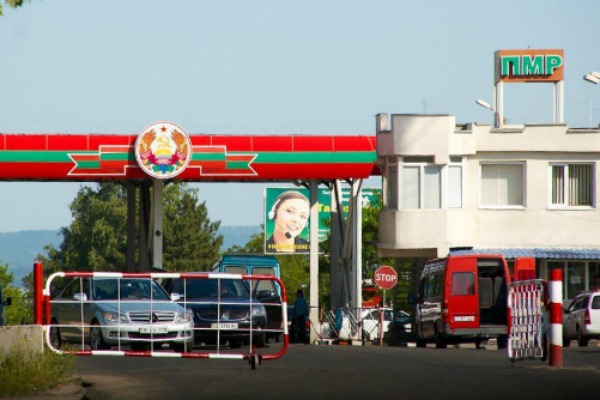THEMATIC ANALYSIS Preparing the implementation of the Deep and Comprehensive Free Trade Area (DCFTA) in the Transnistrian region of the Republic of Moldova

Author: Iulian Groza, European integration policy moderator Institute for European Policies and Reforms (IPRE)
The Association Agreement, including a Deep and Comprehensive Free Trade Area (DCFTA) with the EU, is currently provisionally applied since 1 September 2014. At the same time, the EU Council decision of 7 October 2013 extended the EU Autonomous Trade Preferences (ATPs) to the Republic of Moldova until December 31, 2015. Thus, one of the key issues to be properly implemented is the preparation for the implementation of the DCFTA in Transnistrean region, considering that the ATPs will expire. In this context, herewith the author will try to outline in particular (1) the evolution of the dialogue with the Tiraspol authorities on the implementation of the Association Agreement; (2) the legal conditions and the minimum requirements for the DCFTA application in the Transnistrean region; (3) and finally the author will address few scenarios concerning possible application or nonapplication of the Association Agreement in the region.
Both the EU and Moldovan authorities, most likely are aware that ensuring a full application of the DCFTA in the Transnistrean region within the next months is a big challenge. In this situation, preparing the implementation of the DCFTA depend on the level of interaction between the Moldovan authorities and EU authorities in Tiraspol. In this respect, the primary objective would be to identify a set of minimum requirements that would allow the de facto application of DCFTA in Transnistrean region in particular:
(1) Exclusion of import tariffs on goods from the European Union that is now being applied by the Transnistrean authorities;
(2) Ensuring the certification of the origin of goods by the customs authorities of the Moldovan Transnistrean exporters;
(3) Ensuring the respect of sanitary and phyto-sanitary standards for goods exported to the EU from the Transnistrean region.
Consequently, the process of implementation of the minimum requirements, harmonisation of nontariff provisions and gradual transposition of relevant EU legislation should be included in an action plan with clear deadlines. To conclude, short-term task should be to identify with Tiraspol authorities a solution to exclude the import duties on goods imported from the EU. Ultimately, what should matter in the end is the economic interest of the businesses from the Transnistrean region.
However, the main challenge in this regard is the political dimension of this process. At the moment the reality is that until the expiration of the ATPs there are less than two months, and the mechanism for implementing the DCFTA in Transnistrean is still to be defined.
Fullscreen Mode
